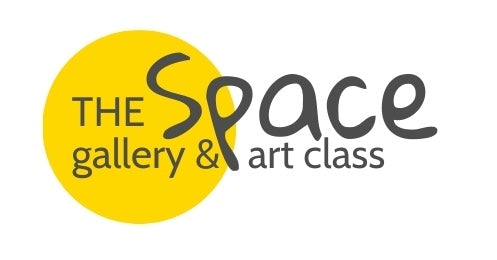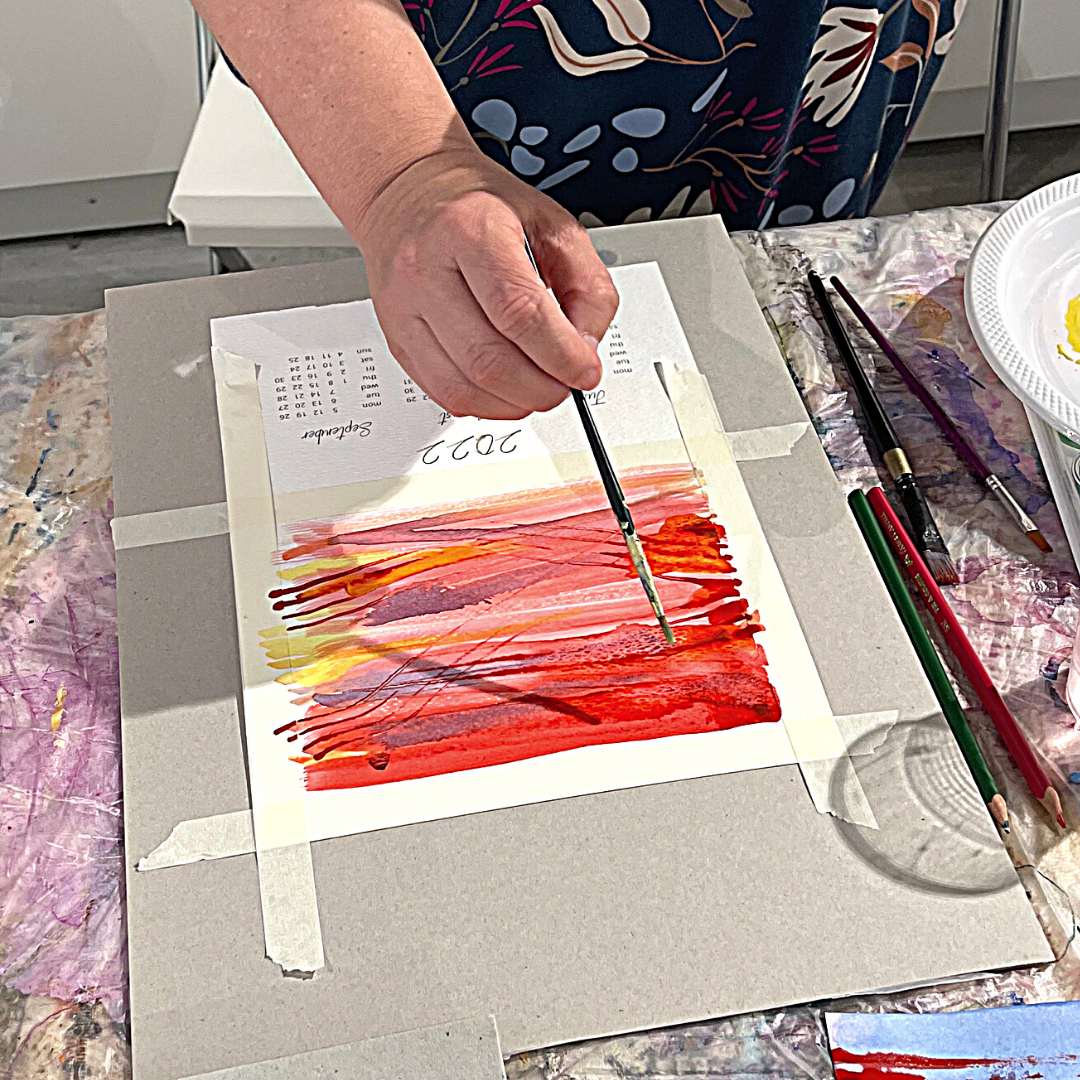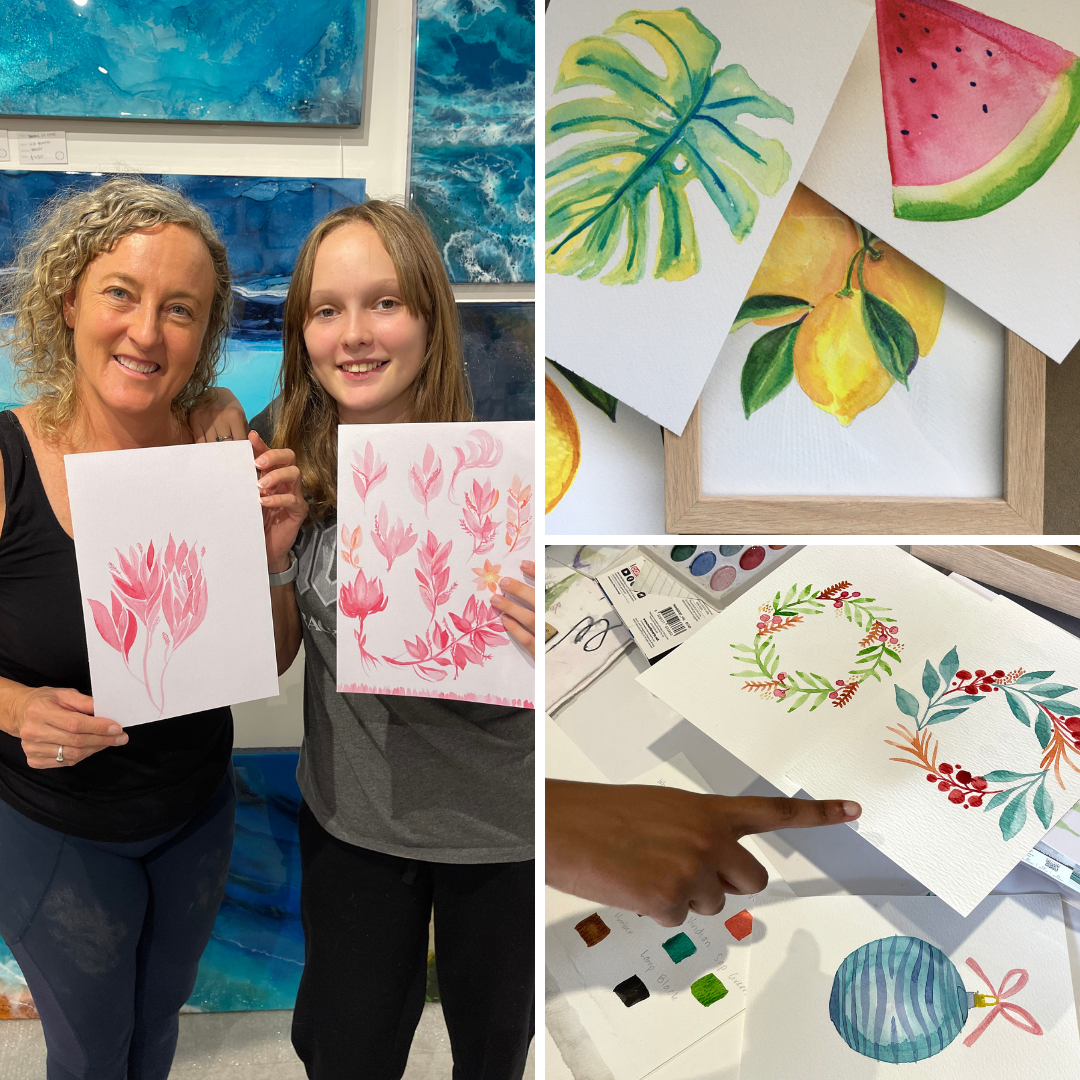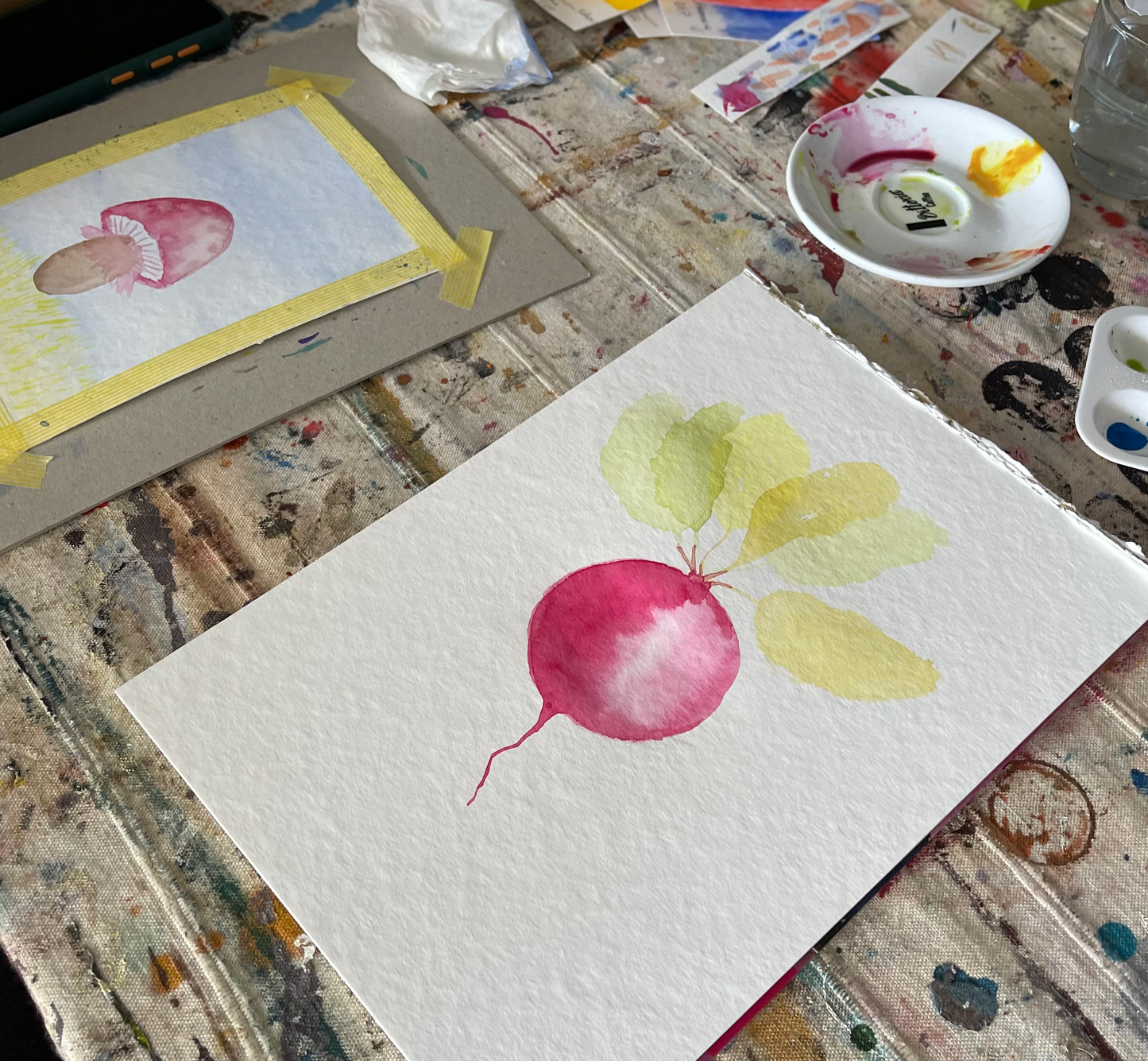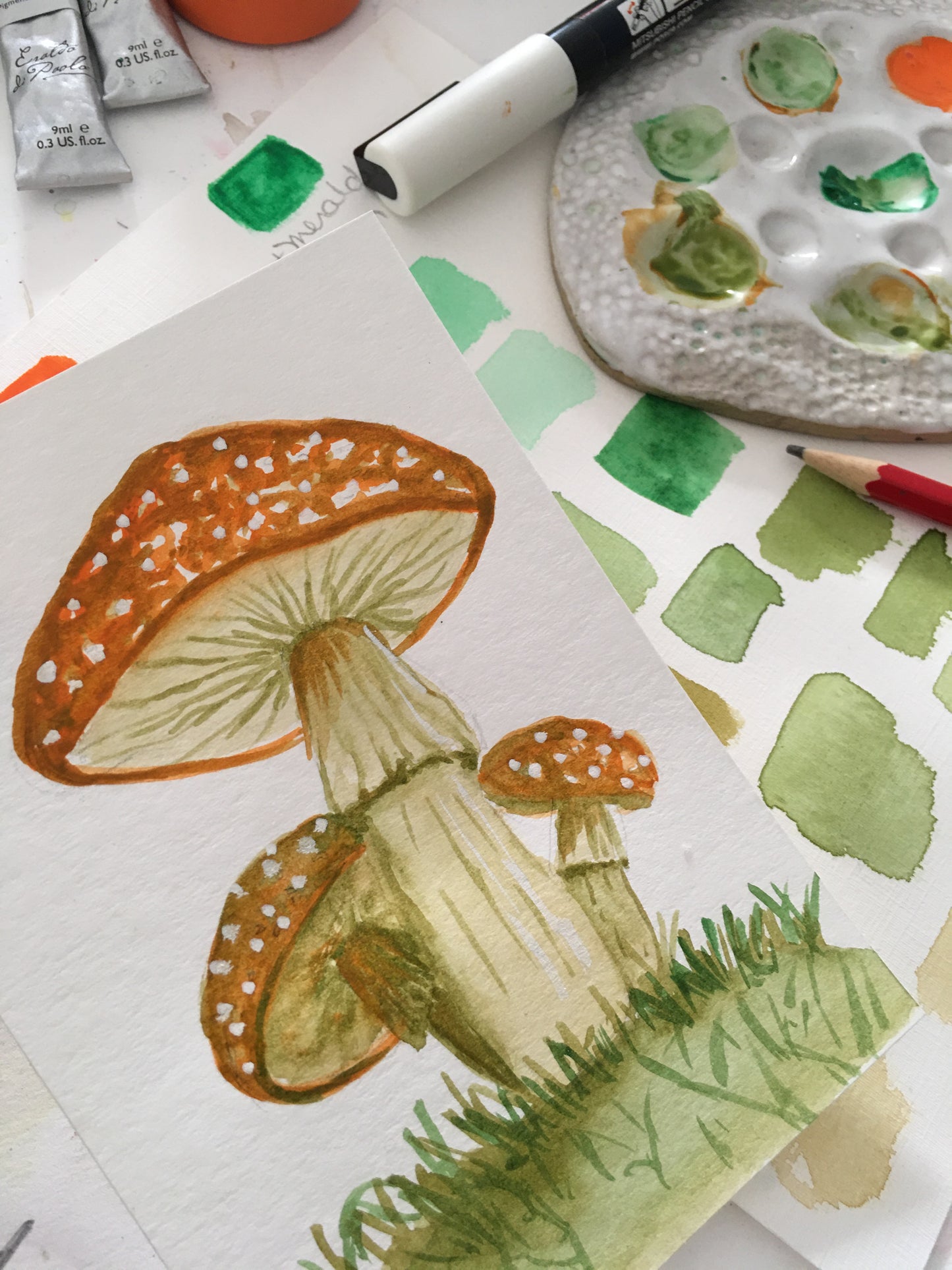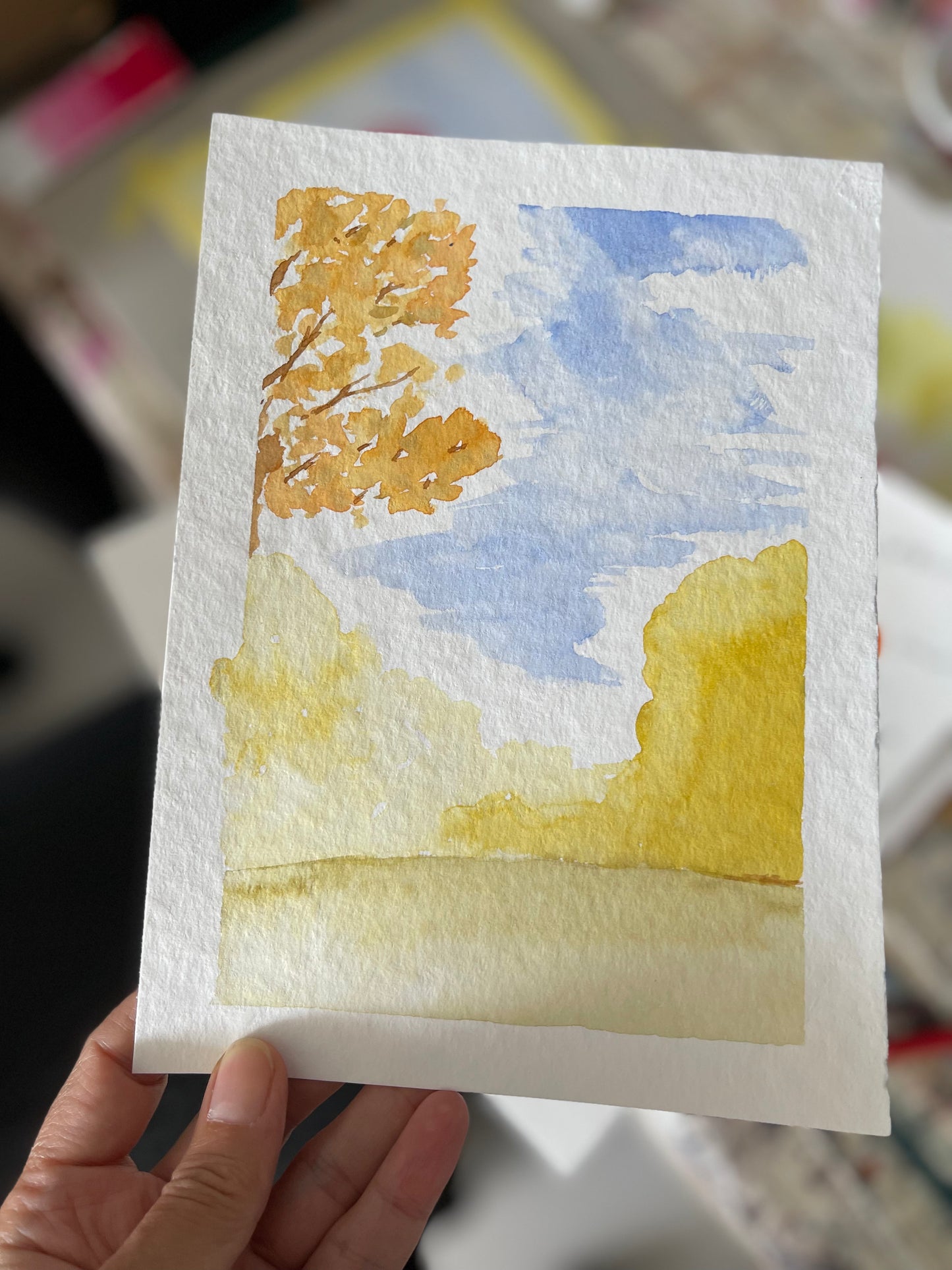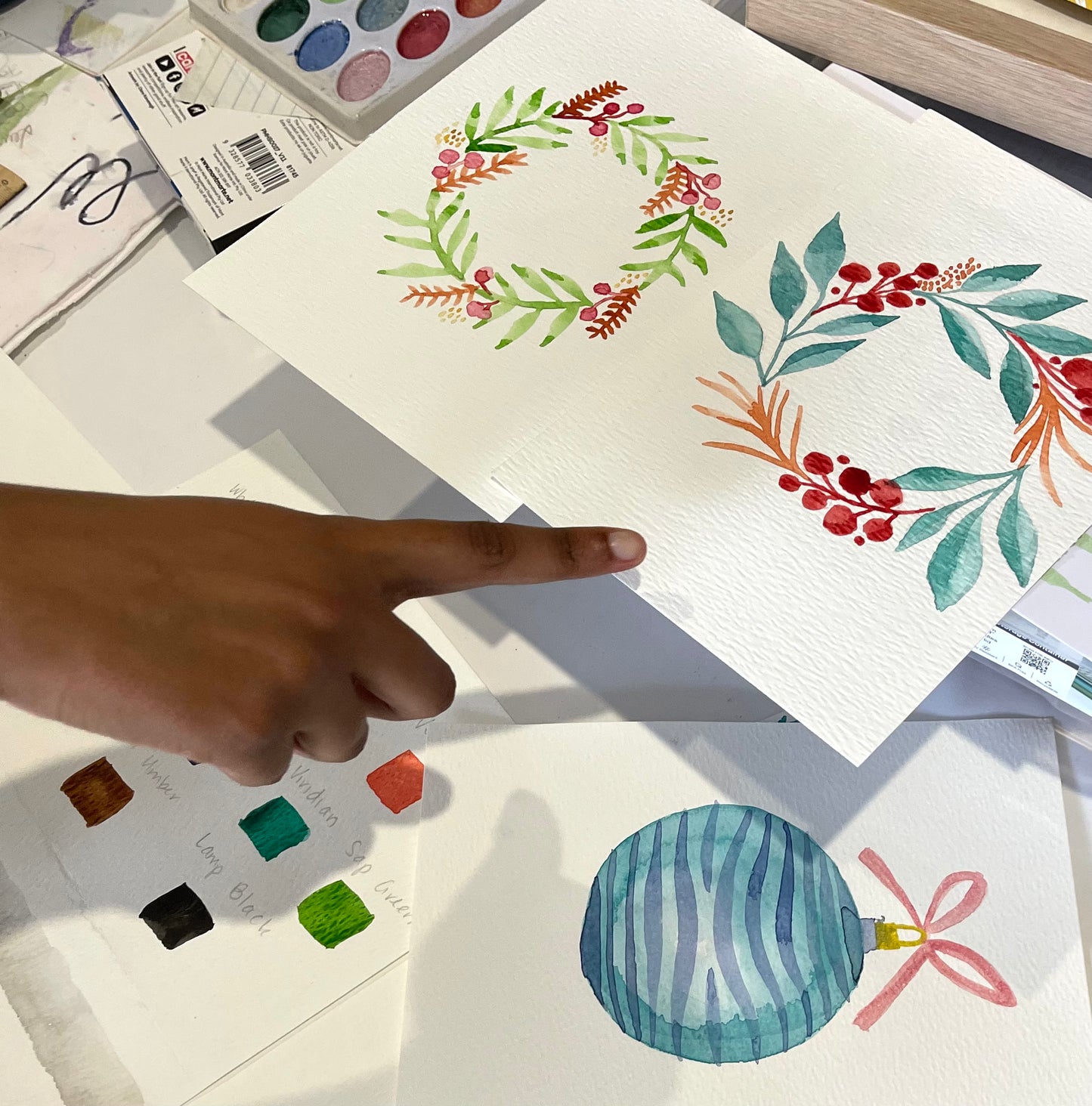Let’s talk about Watercolour
Share
Who said watercolour painting was just about pretty washes and shy pastels? Guess what: the roots of watercolour run all the way back to ancient times—imagine cave painters mixing earthy pigments with water to leave their mark on walls. Over the centuries, this fluid medium evolved, charming everyone from medieval manuscript illuminators to modern-day maverick painters. And here’s the best part: it still delights artists with its unpredictability. With watercolour, you never fully know where those colours will flow—and that’s half the fun.
What Is Watercolour, Really?
At its core, watercolour (or watercolor, if you prefer the shorter spelling), also aquarelle, is paint made from pigments suspended in a water-soluble binder—often gum arabic. The result? A medium so luminous that the “white” in your artwork often isn’t paint at all—it’s the paper shining through. Think of it as painting with light! Add more water and the colour softens like a whisper; add less, and you get a bolder, more confident note of colour. It’s this beautiful balance that makes watercolour feel a bit like a dance: you lead, then the water leads, and somehow you create art together.
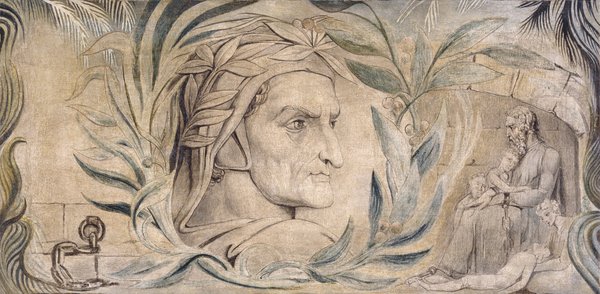
Dante's Divine Comedy by William Blake |Credit TATE
Watercolour refers to both the medium and the resulting artwork.
Transparent watercolour is the original show-off: it lets the white paper do some of the heavy lifting, creating that glow you can’t quite match in heavier mediums. Layer those colours just right, and you’ll get an airy brilliance that feels like painting with sunlight itself.
According to Tate, “Watercolour paint consists of fine pigment particles suspended in a water-soluble binder.” In other words, it’s the ultimate team player. You bring the brush and vision, and it brings the shimmer, glow, and fluid movement that can’t help but spark joy.

The Blue Rigi, Sunrise, Joseph Mallord William Turner (1842) | Credit TATE
Watercolour paint is made by mixing pigments with a binder, usually, gum arabic, and then applying it with water to a support such as vellum (fine animal skin) or paper. The water evaporates and the binder fixes the pigment to the support.
Watercolour paints are coloured pigments either filled in tubes or dried up and filled in colour palettes. Artists use watercolour for various reasons: it is a great medium, the flexibility of the transparency is a benefit and there is also a glow in watercolour paintings.
"Watercolour is probably the most satisfying of all mediums. Although difficult in the beginning, after practice its mysteries will unfold, providing the utmost pleasure for the dedicated."
- Robert Lovett.
Watercolour painting is very old, dating perhaps to the cave painting of palaeolithic Europe. In mediaeval times, artists illustrated the vellum pages of hand-written books with brightly coloured paintings in watercolour. Watercolours were also painted on papyrus and used in Egyptian art forms. It emerged in Europe during the Renaissance period with advancements in paper-making.

Schloß Windsor, Ansicht der Nordostterrasse, Paul Sandby (1760) | Credit Wikimedia
"The good watercolours take a lifetime - plus a half an hour." - Toni Onley
While early European artists prepared their own watercolour mixtures for fresco wall painting, this was soon applied to paper. Watercolour painting really gained a foothold in Western art during the 18th century, particularly in England.
The unique effects of light and freer brushwork created by the English school of watercolour painting caught the attention of the early Impressionists and influenced their work, it emerged as a medium used by many prominent artists.

Twittering machine, Paul Klee (1922) | Credit Paul Klee
"If I have any advice to anybody it's this: take up watercolour painting." - Charles Bukowski.
Into the 21st century, artists have taken advantage of this unique medium to create striking works of art. Above all, watercolour painting is versatile, alternately offering rich, vivid tones or soft, soothing forms.

The white house in Chelsea, Thomas Girtin (1800) | Credit TATE
Legendary artists like Albrecht Dürer, William Blake, Joseph Mallord William Turner, Elizabeth Murray and many others used watercolour for painting. William Blake used watercolours to paint Dante's 'Divine Comedy', which is one of most famous watercolour paintings now.
Did you know that we offer an Introduction to watercolour in our workshop at THE SPACE gallery? Join us for a class and enjoy the freedom and creativity from watercolour painting.
If you are looking for watercolour paints, we have Gansai Tambi Watercolour Paints available at the gallery! Zig Kuretake traditional Japanese watercolours are a high quality, water-soluble paint with rich pigments and beautiful colours in wide rectangular pans. Each pan is filled with a dry solid paint that reactivates quickly with water.
The 12 colours in this set are...
White, Black, Scarlet Red, Red, Wine Red, Lemon Yellow, Light Brown, Brown, Mid Green, Green, Blue and Deep Blue.
Each rectangle dish is approx 1 3/4" x 1" and 3/8" deep.
The pans can easily be lifted out of the storage box and used on their own.
Size of boxed set: approx. 4" x 8 1/2"
Avail here.
Spark Your Creativity With Art Classes in Sydney
With so many fantastic art classes for kids and adults, with us, you'll never run out of activities! If you would like to request a special workshop, please feel free to contact us.
If this watercolour love-fest has you itching to pick up a brush, guess what? We’ve got you covered. Join our “Introduction to Watercolour” workshop at THE SPACE gallery and see for yourself why this medium is so beloved. Ready to dive in deeper? Check out our Gansai Tambi Watercolour Paints—traditional Japanese paints known for their vivid pigments and effortless blending—available right here in the gallery. Each set gives you a rainbow of possibilities, waiting to be unleashed on your canvas (or paper).
Spark Your Creativity With Our Art Classes in Sydney:
From seasoned dabblers to wide-eyed newbies, our in-person workshops cater to all ages and skill levels. If you’re feeling adventurous, why not request a special workshop tailored to your interests? Who knows—you might discover a lifelong passion, create a stunning handmade gift, or just enjoy a few hours of blissful, colorful escapism.
References:
Art-Mine
Tate
Victoria and Albert Museum
So, ready to bring some watercolour wonder into your life?
Grab a brush, dip it in some luscious pigment, and let the water lead you somewhere beautiful. Happy painting!
